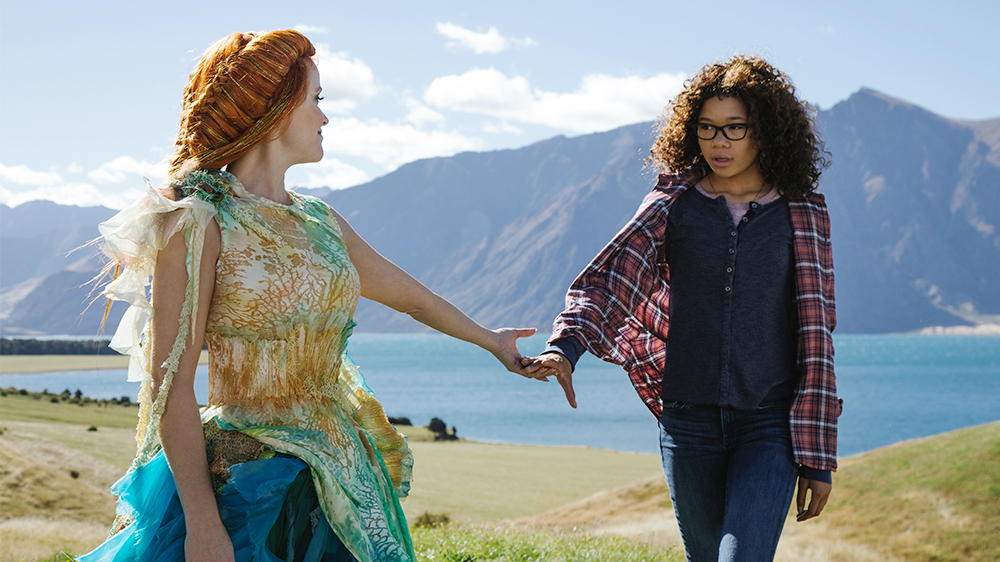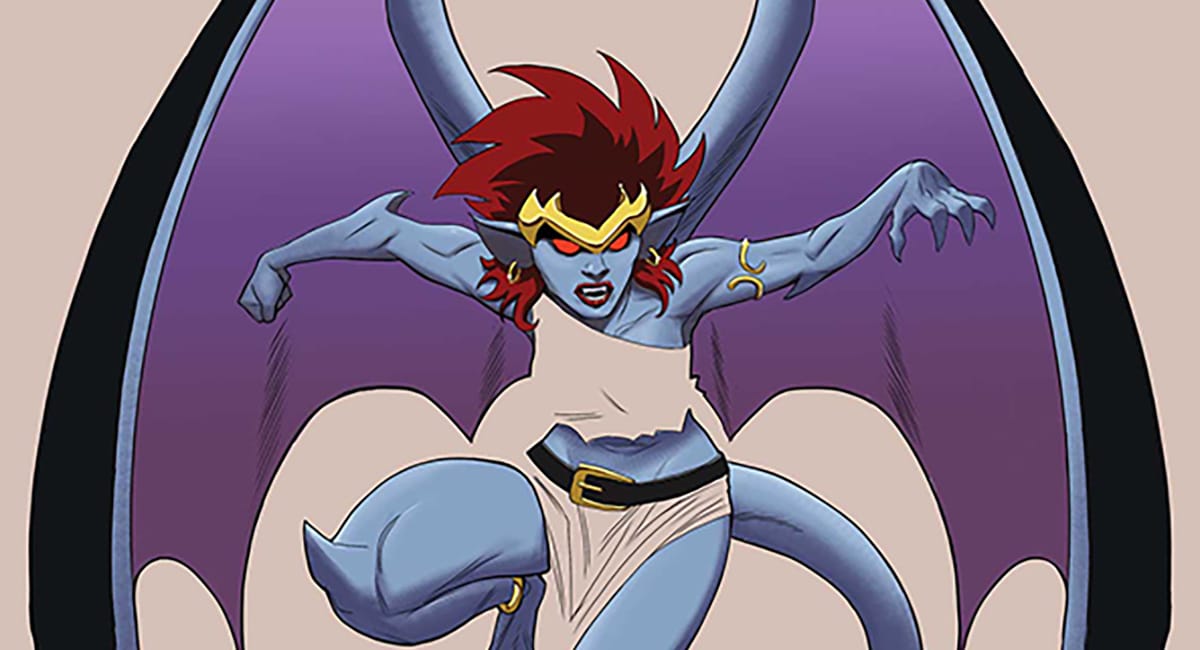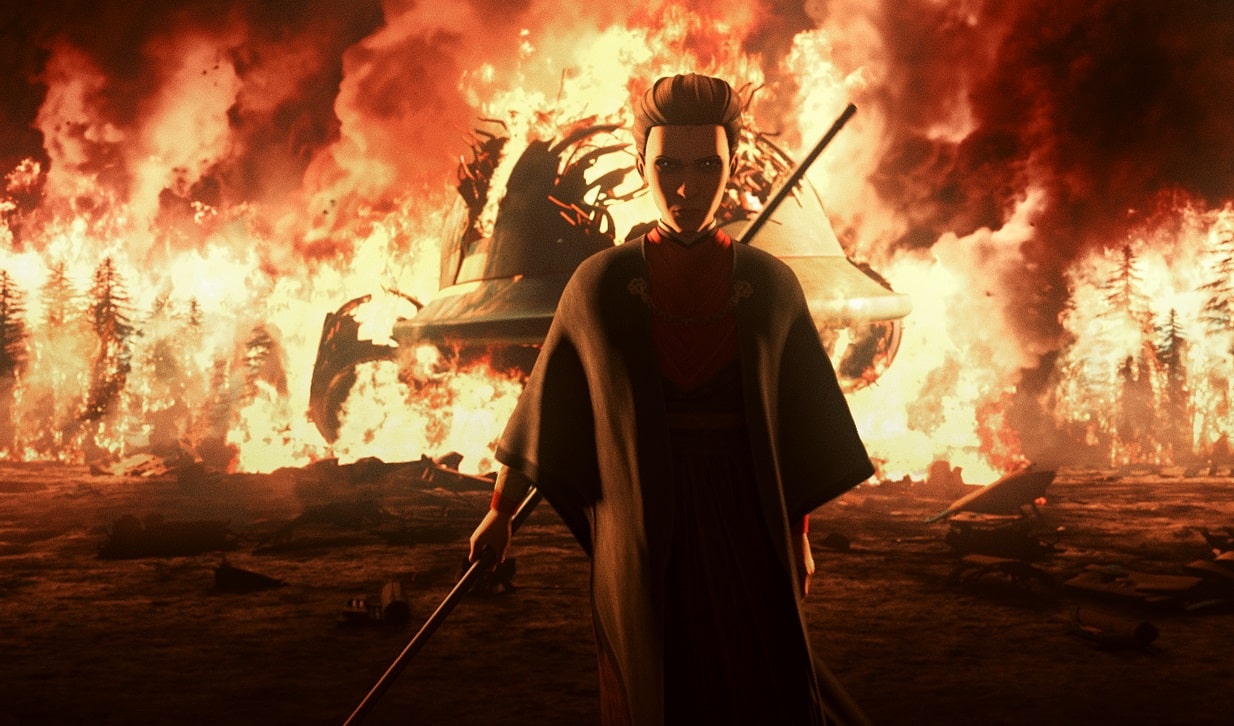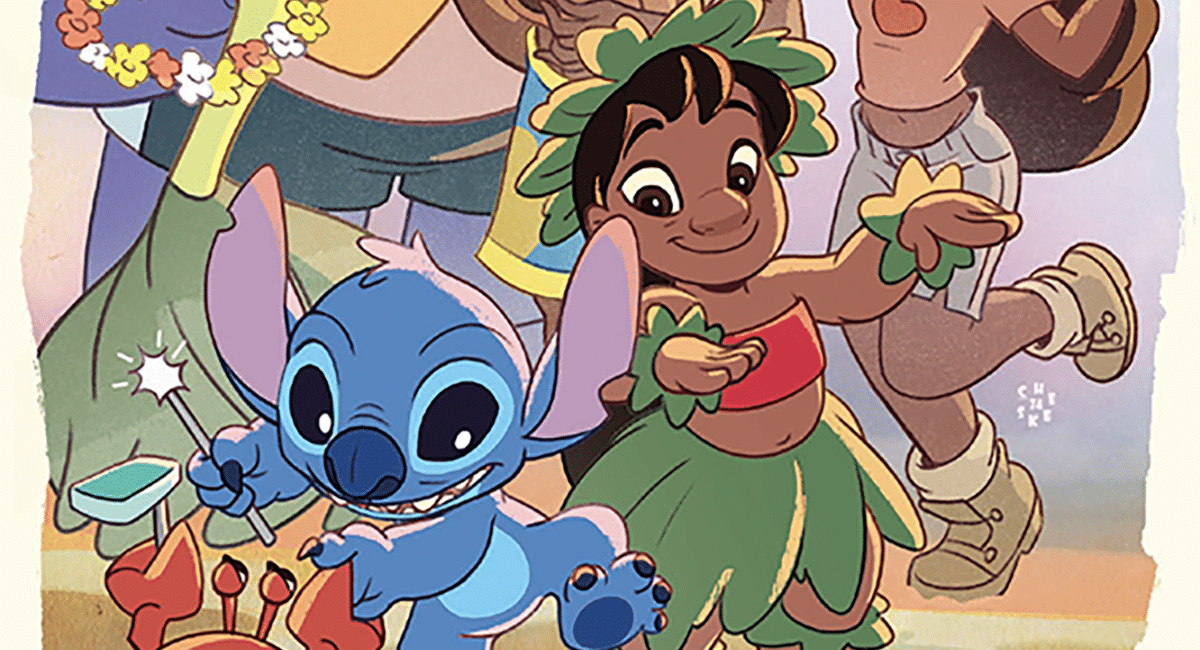I’ll preface this review by saying that I haven’t read this film’s source material, A Wrinkle in Time by Madeleine L’Engle. I actually view that as a potential advantage when it comes to reviewing book-to-movie adaptations. It’s hard to turn our favorite novels and comics into big screen adventures without feeling like you’ve lost something along the way. Though in this case, I wonder if reading the book would have helped give me a better sense of what the movie was working with.
Director Ava DuVernay’s A Wrinkle in Time is, on the surface, the story of Meg Murray (Storm Reid), a middle schooler who struggles to fit in or move on after her father’s mysterious disappearance 4 years ago. Meg’s genius younger brother, Charles Wallace (Deric McCabe), introduces Meg to a trio of other-worldly women, Mrs. Whatsit (Reese Witherspoon), Mrs. Who (Mindy Kaling), and Mrs. Which (Oprah Winfrey), who help Meg and her brother search for their father across space and time. Meg must learn to trust her skills and overcome her self-doubt in order to find and save her father.
A Wrinkle in Time packs a visual punch, and this is where the film excels. Most of the film’s creative energy is spent world-building – not just one world, but one after another after another, almost like levels of a video game, each slightly more difficult than the last for its characters to navigate. These visual flourishes are as engaging (at one point, Reese Witherspoon turns into a giant leaf) as they are fast-paced. The drawback to this is that they come so quickly and consume so much of the story’s oxygen that it’s hard to focus on the core mechanics of the plot, which largely feel something like: Meg doubts herself, the ladies tell her to believe in herself and love herself, they go somewhere strange, repeat.
Ultimately, the emotional core of A Wrinkle in Time is simple and free of cynicism: Love conquers hate. As far as messages go, it’s hard to argue with that one, though keep in mind that the delivery of the message feels aimed at younger audiences. This is a PG movie and it feels like one, so audiences expecting something aimed at the YA or adult market may be disappointed, particularly given the marketing of the film, which felt more mature. I’ve seen a few questions about whether the movie might be too scary for children but I strongly disagree – it seems tailor-made for them.
The lead performance from Reid’s Meg is the other highlight of A Wrinkle in Time. Meg is the audience’s anchor, and she keeps the film grounded in the moments when it feels too saccharine or ethereal to hold on to. She’s a character who is unsure of herself but she’s also incredibly smart, really interested in physics, and knows how to apply that knowledge to save the lives of the people around her. Her insecurities are palpable, and they lead to one of the most interesting scenes in the film, when Meg meets a hypothetical version of herself she thinks she wants to be in order to fit in at school.
On the other hand, it’s difficult to get a true sense of Kaling, Winfrey, and Witherspoon’s performances in A Wrinkle in Time because they bear the brunt of the script and dialogue issues. Kaling’s character suffers the most because she only speaks in quotes, which I’m sure came from the book, but in the movie’s context feels like a device that just doesn’t work. Across the board the dialogue from all three characters felt incredibly stiff and awkward when it came to the adults in this film.
It’s strange to say that A Wrinkle in Time is overcooked and undercooked at the same time, but that’s largely the case: the maximum amount of settings, stunning visuals, colorful costumes, vivid scenery, and warmth, but a lack of natural dialogue, character development, and story pacing. It’s a film that has great messages, visual concepts, and sincerity, but lacks the balance in plot and character development to pull them off completely. As far as these Disney adaptations go, it’s nowhere near the bottom (here’s looking at you, Alice in Wonderland), but Reid’s stellar performance and the film’s gorgeous visuals aren’t enough to elevate it beyond the ranks of many other fine-but-forgettable adventure films that came before it.








For one, they should have left the book’s Christian allegory in. Removing it is shameful.
Why does it matter whether the characters are black or white? How does that change their characters?
Passing on this one.
i finally saw ANNIHILATION and thought it was excellent, but probably too weird for the megaplex audience (as the box-office figures bear out). Try to see it on a theater screen while you can.
Unfortunately, Jennifer Lawrence’s RED SPARROW is embarrassingly bad. But if you want to see Jen naked, this is your chance, guys.
Trolls flood IMDB, Rotten Tomatoes with negative ‘reviews’ of Wrinkle in Time. Reviews written without seeing the film, apparently. Not the first time this has happened.
http://www.indiewire.com/2018/03/a-wrinkle-in-time-rotten-tomatoes-imdb-ratings-user-reviews-1201938353/
Comments are closed.